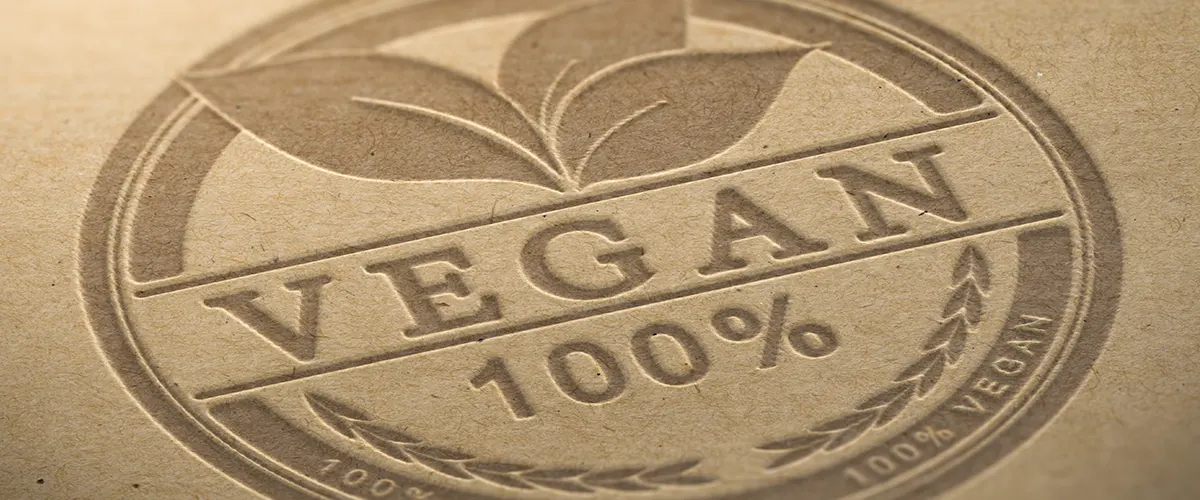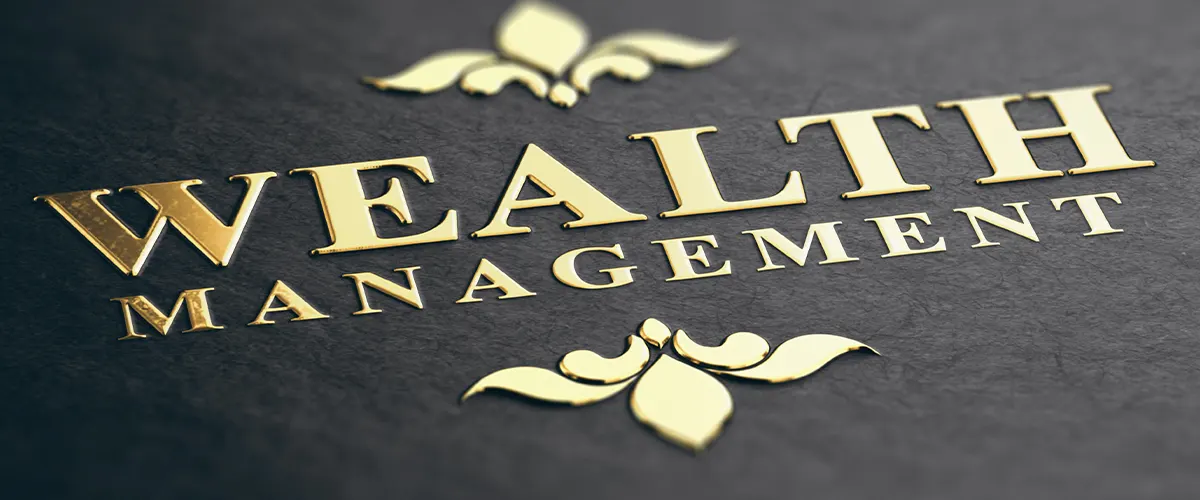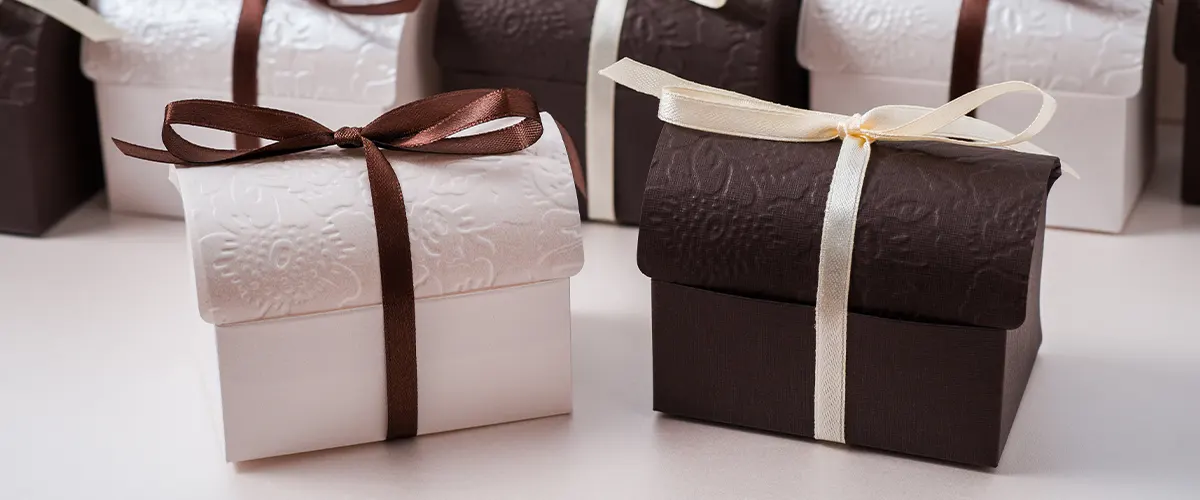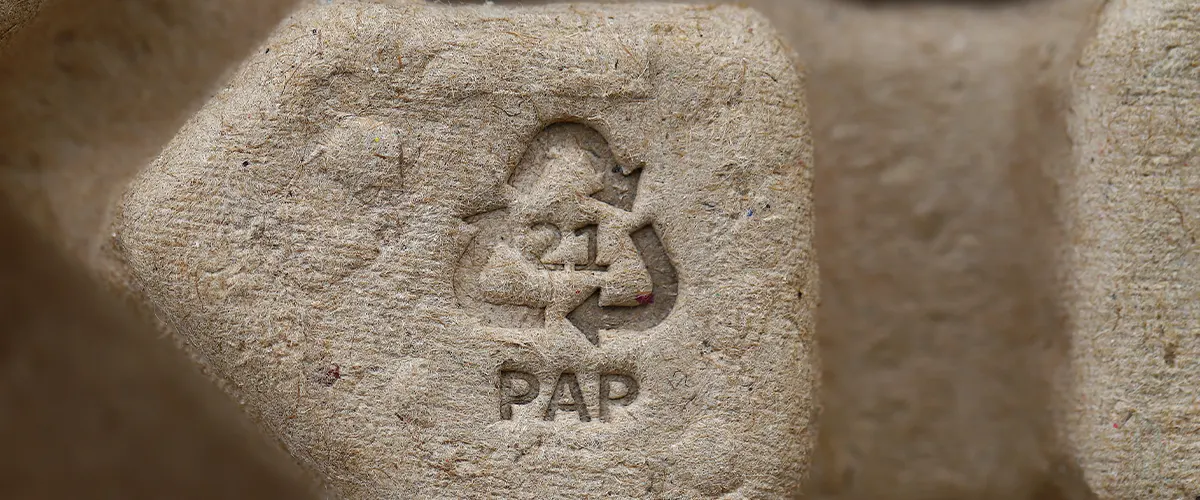When it comes to custom packaging, debossing and embossing are two of the most popular printing techniques. But what’s the difference between debossing and embossing? And which one should you choose for your boxes?
In this blog post, we’ll take a closer look at embossing and debossing, and help you decide which technique is right for your product packaging. Stay tuned – we’ll also give you some tips on how to create stunning embossed or debossed designs!
What Is Debossed Packaging?
Debossed packaging is a printing process that involves pressing an image or design into the surface of a material. This type of printing is often used for creating raised or recessed designs on paper, cardboard, and other materials. Debossing can also be used to create three-dimensional textures on packaging surfaces.
The process is typically performed using a steel die that is engraved with the desired image or design. The die is then pressed into the surface of the material, leaving an impression that is either raised or recessed. Debossed packaging can be used to add visual interest to any type of product packaging, and it can also be used to create a unique tactile experience for consumers.

What Is Embossed Packaging?
Embossed packaging is a type of packaging that features a raised design or an embossed image. This technique can be used to add texture and interest to otherwise plain packaging. It is often used on luxury or premium products, as the raised designs can give the impression of high-quality craftsmanship.
Embossed packaging can be created using a variety of methods, including die-cutting, heat embossing, and foil stamping. The choice of method will depend on the desired effect and the materials being used. When done correctly, embossed graphics can add a touch of elegance and sophistication to any product. A multi-level emboss during the embossing process can give your packaging a whole new look.

The Pros and Cons of Embossed Packaging
The Pros of Embossed Packaging
There’s no denying that embossed packaging looks high-end and luxurious. If you’re selling a product that needs to convey a feeling of luxury (think skincare, cosmetics, or high-end jewelry), then embossed packaging is definitely worth considering. Not only does it look luxurious, but it also feels expensive to the touch—something your customers will definitely notice and appreciate.
Another advantage of embossed packaging is that it allows you to add texture to your design. This can be helpful if you want your product to stand out on store shelves or if you’re looking for a way to add an additional element of interest to your design. Texture can also be used to convey certain messages about your brand (e.g., eco-friendly brands might use recycled paper with a rough texture).
The Cons of Embossed Packaging
One potential downside of embossed packaging is that it can be more expensive than other types of packaging. This is because the process of creating embossed packaging is more complex and time-consuming than printing on flat surfaces. If cost is a major concern for your business, then embossed packaging might not be the best option.
Another thing to keep in mind is that embossed designs can be difficult to read, especially if they’re small or intricate. This means that you’ll need to keep your design relatively simple if you want people to be able to read it easily. Otherwise, you run the risk of people not being able to understand what your product is or what it does just by looking at the package.

The Pros and Cons of Debossed Packaging
The Pros of Debossed Packaging
The Cons of Debossed Packaging

Get The Best Packaging Design For Your Products
Now that you know the difference between embossing and debossing packaging, as well as the benefits of each, you can choose which type of packaging is right for your product. If you need help creating custom packaging, get in touch with us. We’d be happy to assist you in choosing the best possible packaging for your needs. Whether you want an embossed or debossed design, we’re here to give you what you need!
